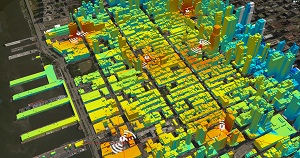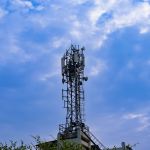Viewpoint
Deploying an FTTH network requires a substantial investment. Having to invest extra for 5G rollout makes the business case even harder. But what if both networks are deployed at the same time? A Comsof study shows that a converged FTTH-5G network might lead to 5G xHaul deployment savings of up to 75 percent.
5G will bring next-gen technologies to life. One of its advantages is that it can drastically increase the amount of mobile bandwidth, allowing massive machine to machine communications and delivering ultra-reliable services with low latency. Technologies like 3D video, cloud-based work and play, self-driving cars and smart cities will become a reality.
Seamless, ubiquitous service delivery is now more desirable and closer to being achieved than ever before.
However, the business case for building and operating next-generation networks remains uncertain in various cases. Many operators have expressed doubt about the pace or scope of future investments in 5G networks.
That is why we must look at smart ways to minimize capital costs as much as possible.
As fiber is a fundamental part of both 5G mobile and fixed access networks, there is a huge opportunity to converge: share civil works expenses, and infrastructure such as ducts and cables. By converging multiple fiber-based networks on to a single footprint, operators can make significant savings on capital and operational costs. This will improve their business case significantly.
To prove this premise, Comsof conducted a quantitative study on the value of convergence of fiber infrastructure between xHaul for 5G and FTTH. The study was ordered by the FTTH Council Global Alliance. We presented the first results during the FTTH Conference Europe in Amsterdam on 13 March 2019.
The study considers three area types: very dense (urban, city centre), medium dense (suburban, residential) and low dense (village), combined with 3 different types of cell densities.
Note that the scope of this study covers a scenario where fiber has not yet been deployed. So, this is where cost saving opportunities are the highest. However, it is also achievable to leverage on a fiber network when it is already deployed.
After analysing a variety of scenarios, we concluded that if an FTTH-5G network is anticipated while planning for an FTTH network, the range of xHaul deployment cost savings due to convergence can reach between 75 and 96 percent. With savings rising from a high density to a low density area. Consequently, the extra investment on top of an FTTH network to make it 5G ready is in a range of 3 to 7 percent.
As we continue our research, we will be revealing new results on synergies with fiber to the business at the Gigabit Access conference in Cologne on April 2.
















